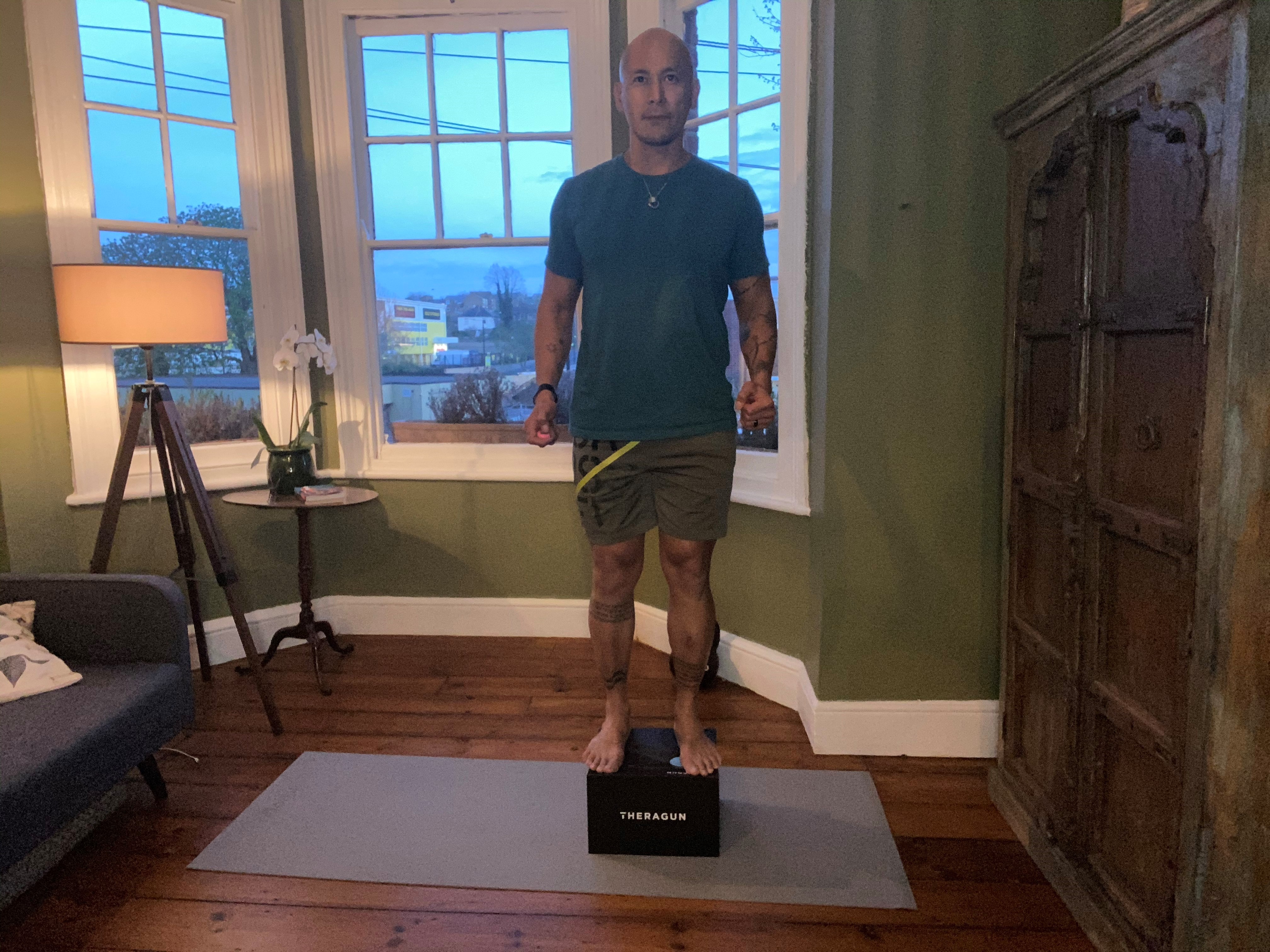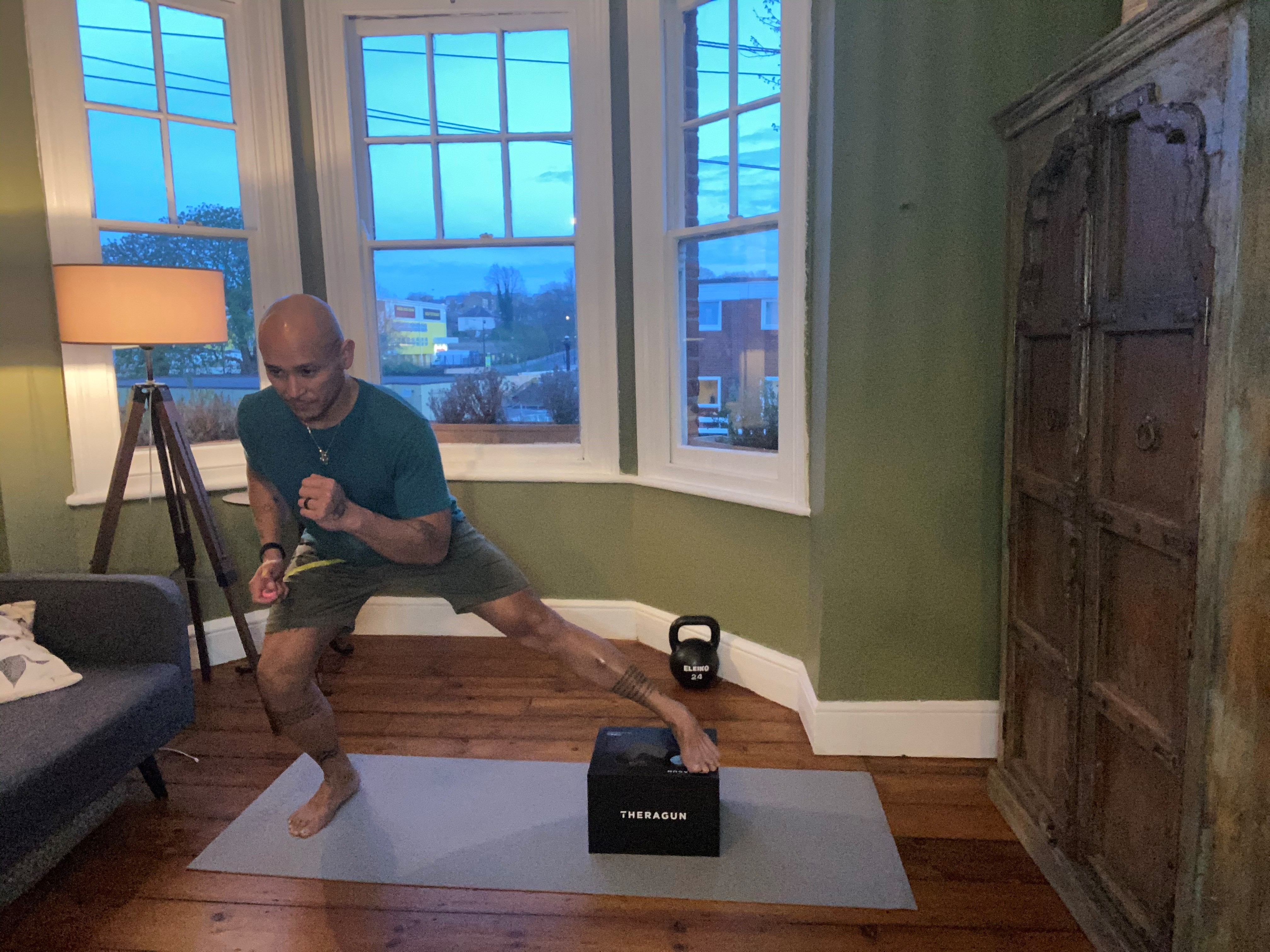How to master the Deficit Lateral Lunge
15 Apr 2020 14:59PM
by
User Not Found


Why include the Deficit Lateral Lunge in your workout?
This move is a great variation of other single leg movements such as walking lunges, back lunges and split squats. With limited equipment, this is a great bodyweight exercise to overload the quads, glutes and hamstrings, and it really challenges your adductors and abductors to stabilise the knee. It will help you develop unilateral (one leg) strength, lending to improved balance, coordination and injury prevention. It will also transfer well to bilateral exercises such as the squat, making them easier in turn. It is a fantastic exercise for opening up your hips and getting outside of the sagittal place (forward and backwards movement). The deficit gives you a deeper range to challenge the muscles further and the depth means the speed of impact will recruit more fast-twitch muscle fibres - perfect for strength, speed and sports.
When should I include the Deficit Lateral Lunge in my workout?
This exercise can be done as accessory or as a second movement after a bigger compound movement such as squats, leg press and deadlifts. This is great for injury prevention or rehab from knee, ankle, hips injury and for athletes looking to training multi directional. This is an advanced movement so aim to master the standing lateral lunge in the first instance.
How do I include the Deficit Lateral Lunge in my workout?
Start with both legs on the elevation or box, take a deep breath and step laterally (to the side) just wider than shoulder width down onto the floor keeping your inside leg straight on the box. Brace the abs as you load the movement and bend your outside leg so your hips are the same height as your knee. Your torso may lean forward as you do this but thatʼs fine as long as you maintain a flat lower back. Breath out as you lunge back up into the box and stand tall.

